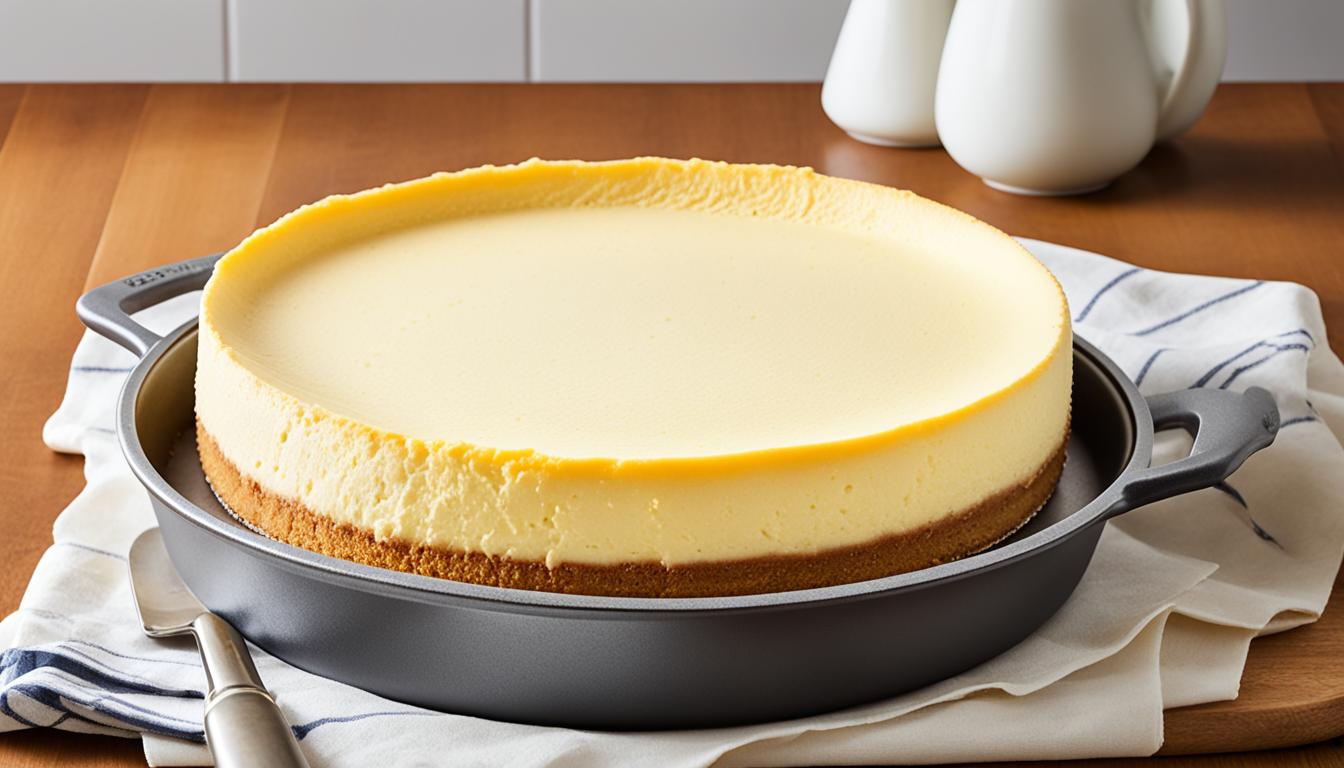Are you tired of your cheesecake crumbling or sticking to the pan? Searching for the secret to achieving that delightful, velvety texture? Look no further! We’ve done the research for you to uncover the best cheesecake pan that will guarantee flawless results every time. Whether you’re a home baker or a professional, finding the right pan can make all the difference in creating the perfect cheesecake that’s sure to impress.
But with so many options available, how do you choose the right one? Are there specific qualities you should be looking for? And can a high-quality cheesecake pan really make a noticeable difference in the outcome of your bakes? Let’s explore the answers and more as we dive into the world of cheesecake pans.
Stay tuned as we reveal the top-rated, expert-recommended, and best cheesecake pans for home baking. Whether you’re in need of durability, affordability, or professional-level performance, we’ve got you covered. Get ready to elevate your cheesecake game to new heights!
The Importance of Choosing the Right Cheesecake Pan
When it comes to baking the perfect cheesecake, choosing the right pan is crucial. A good cheesecake pan can make all the difference in achieving a flawless texture, even baking, and easy release. Whether you are a home baker or a professional, here are some qualities to look for in a cheesecake pan:
1. Material:
There are several types of materials used to make cheesecake pans, including glass, aluminum, and non-stick coated metal. Each material has its advantages and considerations. Glass pans offer even heat distribution, while aluminum pans are known for their durability and excellent heat conductivity. Non-stick coated metal pans make it easier to release the cheesecake without damaging its delicate texture. Consider your baking preferences and choose a pan accordingly.
2. Size and Depth:
The size and depth of the pan will determine the thickness of your cheesecake. If you prefer a taller cheesecake, opt for a deeper pan. It’s also essential to consider the capacity of the pan to ensure it can hold the amount of batter required for your recipe. Remember that a smaller pan may result in overflow while a larger pan may lead to a thinner cheesecake.
3. Springform Design:
A springform pan is a popular choice for baking cheesecakes as it features a removable bottom and a latch on the side. This design allows for easy release of the cheesecake without the risk of damaging its delicate texture. The leak-proof seal also prevents any batter from spilling or leaking out during baking.
4. Heat Distribution:
The ability of the pan to distribute heat evenly is crucial for achieving a uniform bake. Look for a pan with a thick, sturdy construction that promotes even heat distribution and prevents hot spots. This ensures that your cheesecake bakes evenly without any overcooked or undercooked areas.
By considering these qualities when choosing a cheesecake pan, you can ensure that your bakes turn out perfect every time. Remember to select a pan that suits your baking needs, and don’t be afraid to experiment and find the perfect pan for your signature cheesecake recipe.
Answers to Common Questions About Cheesecake Pans
As cheesecake lovers ourselves, we understand that baking the perfect cheesecake can be a challenging task. To help you out, we’ve compiled some frequently asked questions about cheesecake pans and provided answers to ensure you have all the information you need for a successful bake.
Q: What size cheesecake pan should I use?
A: The size of your cheesecake pan will depend on the number of servings you need. If you’re baking for a small gathering, an 8-inch cheesecake pan is often sufficient. For larger parties or if you prefer taller slices, opt for a 9-inch pan. It’s always a good idea to check your recipe for any specific pan size recommendations.
Q: Should I choose a springform or solid bottom pan?
A: Both springform and solid bottom pans have their benefits. Springform pans feature a detachable side that can be removed, making it easier to release the delicate cheesecake without damaging its shape. Solid bottom pans, on the other hand, provide a more stable base and are preferred for denser cheesecakes or when you want a crispier crust.
Q: Can I use a non-stick pan for baking cheesecake?
A: Yes, you can definitely use a non-stick pan for baking cheesecakes. Non-stick pans make it easier to release the cheesecake from the pan without sticking, ensuring a smooth and intact presentation. However, be sure to use a non-scratch spatula or a silicone whisk when working with a non-stick surface to prevent any damage.
Q: How do I prevent my cheesecake from cracking?
A: Cracking is a common concern when baking cheesecakes. To help prevent it, make sure all your ingredients are at room temperature before mixing to ensure a smooth batter. Avoid overmixing, as this can incorporate too much air and lead to cracks. Additionally, using a water bath or placing a baking dish filled with water on a lower rack in the oven can help create a humid environment and prevent cracking.
We hope these answers to some commonly asked questions about cheesecake pans have been helpful in your quest for the perfect cheesecake. With the right pan and a little practice, you’ll be baking delicious cheesecakes like a pro in no time!
